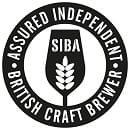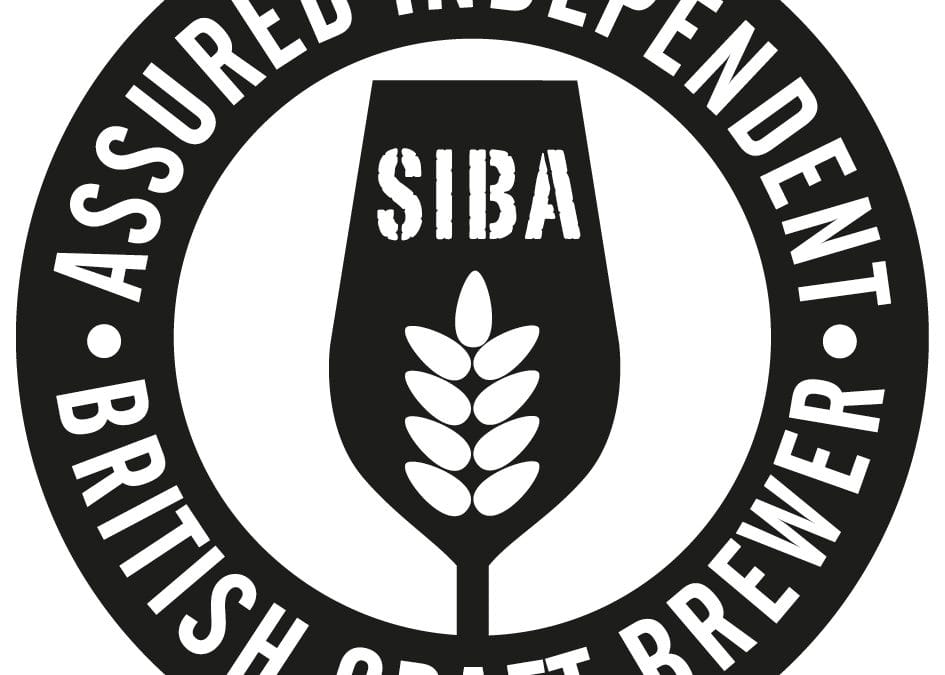
Those in the brewing industry will know the old chestnut of being asked to define craft beer. In the first few years running our brewery Powderkeg we would jokingly nominate each other to explain it to journalists and curious bystanders. It’s such a notoriously slippery concept that no one wanted to attempt it, as you would generally tie yourself in knots.
Of course we know that the term was coined for the American market to distinguish small-batch brews from the mass-produced lagers, in a country which didn’t have as strong a history of small-scale production as the UK.
But when applied in the UK, what does it actually mean, and how much does it matter? Obviously what the real ale breweries have been doing for decades, if not centuries, is in many senses, ‘craft’. They are independent businesses making small batch, hand-crafted products with their own specialist recipes.
However if the term ‘craft beer’ is used by real ale cask producers brewing traditional British ales with classic UK hops, we lose a chance to identify those breweries who are using modern styles, techniques and new world hops that produce such different drinking experiences. So, while ‘craft’ is used by all kinds of UK independent breweries it might not really tell you about style or flavour, but what it signifies is hand-crafted beer produced on a small scale.
Until, enter the big brewing corps.
The appetite for new and interesting beer among drinkers resulted in scores of column inches, social media posts and fervent word of mouth, punching way above the weight of the actual market share in the UK. And seeing this, despite the fact that mass-produced beer still takes over 90% of beer sales, multinational companies wanted in on this small but exciting slice of the pie.
From buying up cool breweries to producing cans cunningly designed to look like part of the craft movement, big brewcos have gone hard on marketing their way into a sector that was created to stand apart from mass-produced products. This is not to be snobby – big brands have their place in the world, recognised and consistent- and that place accounts for 88% UK market share by the ‘Big 4’, and 6% by other national and international brands, leaving 6% of UK beer brewed by SIBA members, of which a smaller percentage is craft in the modern sense. Yet we see Heinekin et al elbowing their way into the corner of the market that local producers have managed to carve out, by disingenuous marketing that muddies the waters for everyone.
In the Society of Independent Brewers’ annual survey they discovered a real problem for consumers, who are finding it increasingly difficult to identify ‘real craft’. In other words, the corporations are successfully ‘craft-washing’. Only 3% of those surveyed believe that craft beer can be made by a multinational global brewer, yet 1 in 4 people can’t tell which beers are brewed independently.
SIBA created the Assured Independent British Craft Brewer badge, available for all SIBA brewery members to put on their products to differentiate them from mega corps. This is a great idea, and we feature them on all our cans, but without a large public awareness campaign there is not enough recognition to have an impact, and consumers continue to be misled.
This confusion is compounded when others, such as journalists, pubs or retailers, refer to beers from big brewers such as Marstons as ‘craft’. Brewing conglomerates have many advantages over microbreweries; the genuine handcrafting of products and high quality is our key USP, and it should be protected from co-option by these giants, both for the breweries sake and the consumer.
What we need is anything that is not from an independent brewery to be referred to as ‘craft-style beer’, ‘craft-influenced beer’ or ‘in the style of craft beer’.
In reality, it’s just a phrase and it doesn’t have protected status. So what can be done?
We can all play our part.
As brewers we need to promote the SIBA badge as a mark of independence so that it is recognised by as many beer drinkers as possible (and there is surely more SIBA can do in this regard). Retailers, especially supermarkets ,are some of the worst culprits, often producing their own version of a craft beer in collaboration with a genuinely independent brewery but having dictated a price point that inevitably makes it lack the character we would hope for. They then mix these in with the fake multinationals ‘craft’ and genuine craft so that no-one really knows what they’re getting. I would love to see a ‘supporting independents’ section, but I don’t expect to. Hospitality venues like pubs and restaurants often advertise craft beer when it’s anything but. They should get some genuine independent local products – even for tied venues, they are available through the SIBA list. Chain restaurants may have to fight harder with their head buyer to get independent and local products in house. And journalists should make consumers aware so that they can make informed choices, rather than adding to the confusion. Otherwise the craft beer scene will be watered down beyond recognition and will lose its cachet with customers.
And no-one wants watered-down beer.
Versions of this article were published in the Morning Advertiser

